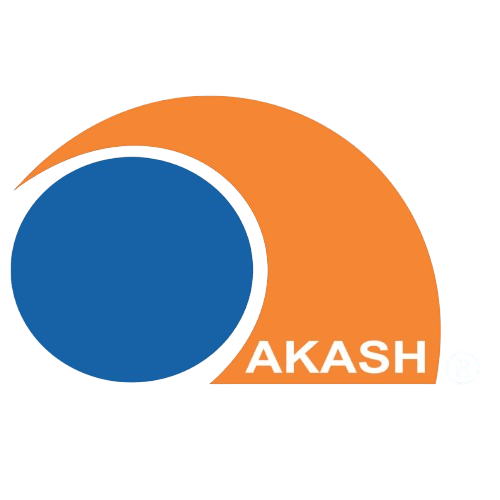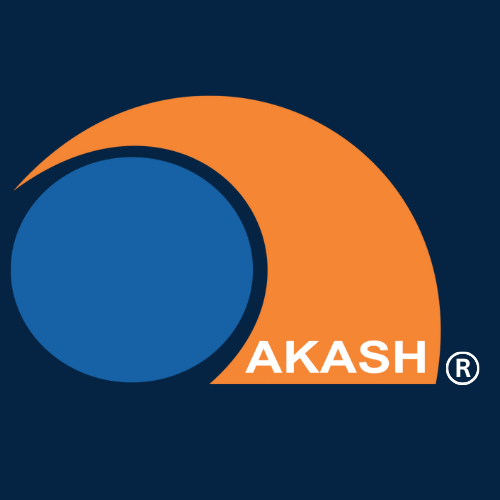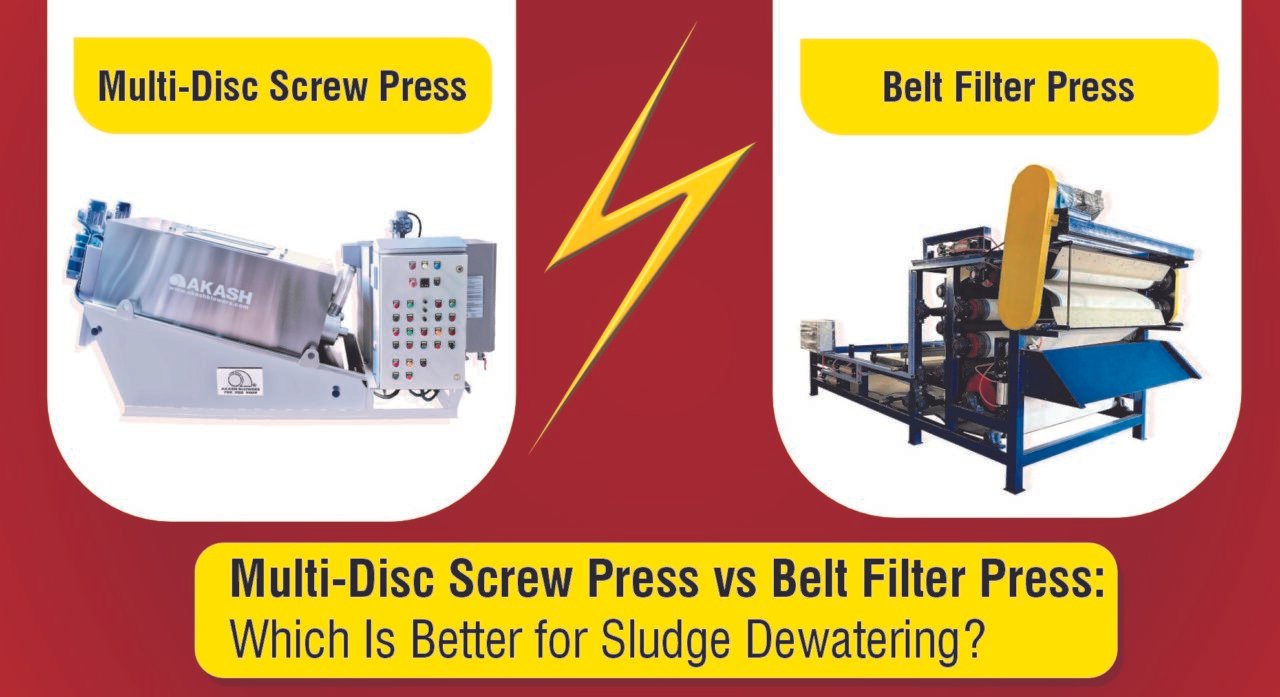What Is Sludge Dewatering and Why Does It Matter?
Understanding the Multi-Disc Screw Press
How Does a Multi-Disc Screw Press Work?
Key Features of the Multi-Disc Screw Press
- Compact Design: Takes up less space than many traditional systems.
- Low Energy Consumption: Operates at a slow speed, reducing power usage.
- Self-Cleaning: Moving discs minimize maintenance and downtime.
- Low Noise: Ideal for indoor or noise-sensitive environments.
- Modular Build: Can scale up with additional screws for higher capacity.
Advantages of the Multi-Disc Screw Press
- Energy Efficiency: Unlike high-energy systems like centrifuges, the screw press uses minimal electricity, making it cost-effective over time.
- Low Maintenance: The self-cleaning design reduces the need for frequent manual intervention.
- High Versatility: Works well with various sludge types, from municipal wastewater to industrial effluents like food processing or petrochemical waste.
- Reduced Water Usage: Requires little to no flushing water compared to other systems.
- Quiet Operation: A boon for facilities near residential areas.
Disadvantages of the Multi-Disc Screw Press
- Lower Cake Dryness: Typically achieves 15-20% solids content, which may not suffice for applications needing ultra-dry cakes.
- Limited Throughput: Smaller hydraulic capacity means multiple units may be needed for large-scale operations.
- Initial Cost: While operating costs are low, the upfront investment can be higher than some alternatives.
Understanding the Belt Filter Press
How Does a Belt Filter Press Work?
Key Features of the Belt Filter Press
- Continuous Operation: Processes sludge non-stop, ideal for high-volume facilities.
- Robust Design: Handles a wide range of sludge consistencies.
- Adjustable Tension: Belt tension and roller pressure can be tweaked for optimal results.
- Large Capacity: Suitable for municipal and industrial applications with significant sludge output.
Advantages of the Belt Filter Press
- High Throughput: Can process large volumes of sludge quickly, often up to 180 m³/h in a single unit.
- Cost-Effective Upfront: Generally has a lower initial cost than advanced systems like the Multi-Disc Screw Press.
- Simple Operation: Operators can visually monitor and adjust the process easily.
- Effective for Thin Sludge: Excels at dewatering sludge with low solids content (<1%).
- Low Energy Use: While not as efficient as the screw press, it still consumes less power than centrifuges.
Disadvantages of the Belt Filter Press
- Higher Maintenance: Belts can clog or wear out, requiring regular cleaning and replacement.
- Water Intensive: Needs significant flushing water to keep belts clean, raising operational costs.
- Operator Attention: Requires constant monitoring and adjustments, increasing labor demands.
- Lower Cake Solids: Typically achieves 12-15% solids, less dry than some alternatives.
- Noise and Odor: Open design can generate noise and aerosols, posing challenges in enclosed spaces.
Multi-Disc Screw Press vs Belt Filter Press: A Head-to-Head Comparison
- Multi-Disc Screw Press: Produces cakes with 15-20% solids content, slightly drier than the Belt Filter Press. Its adjustable pressure plate allows fine-tuning.
- Belt Filter Press: Achieves 12-15% solids, which may suffice for disposal but falls short for applications needing drier output.
- Winner: Multi-Disc Screw Press for drier cakes; Belt Filter Press for adequate performance at lower cost.
- Multi-Disc Screw Press: Operates at low speeds (3-10 RPM), using minimal energy—often 50-70% less than centrifuges.
- Belt Filter Press: Also energy-efficient compared to centrifuges, but consumes more power than the screw press due to roller mechanics.
- Winner: Multi-Disc Screw Press for superior energy savings.
- Multi-Disc Screw Press: Self-cleaning discs reduce clogging and maintenance, with downtime limited to occasional screw or disc checks.
- Belt Filter Press: Belts require frequent washing and occasional replacement, leading to higher maintenance costs and downtime.
- Winner: Multi-Disc Screw Press for lower maintenance needs.
- Multi-Disc Screw Press: Compact footprint makes it ideal for facilities with limited space.
- Belt Filter Press: Larger footprint due to belts and rollers, often requiring more floor space.
- Winner: Multi-Disc Screw Press for space efficiency.
- Multi-Disc Screw Press: Lower hydraulic capacity means multiple units may be needed for high-volume operations.
- Belt Filter Press: Handles large volumes in a single unit, making it scalable for big plants.
- Winner: Belt Filter Press for high-throughput needs.
- Multi-Disc Screw Press: Higher initial cost but lower energy, water, and maintenance expenses.
- Belt Filter Press: Lower upfront cost but higher long-term costs due to water use, polymer consumption, and labor.
- Winner: Multi-Disc Screw Press for long-term savings.
- Multi-Disc Screw Press: Quiet operation and enclosed design minimize noise and odor.
- Belt Filter Press: Open system can produce noise and aerosols, requiring additional controls.
- Winner: Multi-Disc Screw Press for environmental friendliness.
Real-World Applications: Where Each Shines
Multi-Disc Screw Press Use Cases
- Small to Medium Facilities: Perfect for compact wastewater plants or industries like food processing, pharmaceuticals, and leather production.
- Municipal Wastewater: Excels with aerobically or anaerobically digested sludge, offering high efficiency with low solids content.
- Sustainability Goals: Ideal for facilities aiming to reduce energy and water use.
- Large-Scale Operations: Suited for municipal treatment plants and industries like mining or petrochemicals with high sludge output.
- Thin Sludge Processing: Handles low-solids sludge effectively, common in waterworks and sewage treatment.
- Budget-Conscious Projects: Attractive for facilities prioritizing lower upfront costs.
Industry Insights and Trends
Which Is Better: Multi-Disc Screw Press or Belt Filter Press?
- Choose the Multi-Disc Screw Press if you value energy efficiency, low maintenance, compact size, and a drier cake. It’s best for small to medium facilities with sustainability goals.
- Choose the Belt Filter Press if you need high throughput, have a larger budget for initial costs, and can manage higher maintenance and water use. It’s ideal for big plants with thin sludge.



